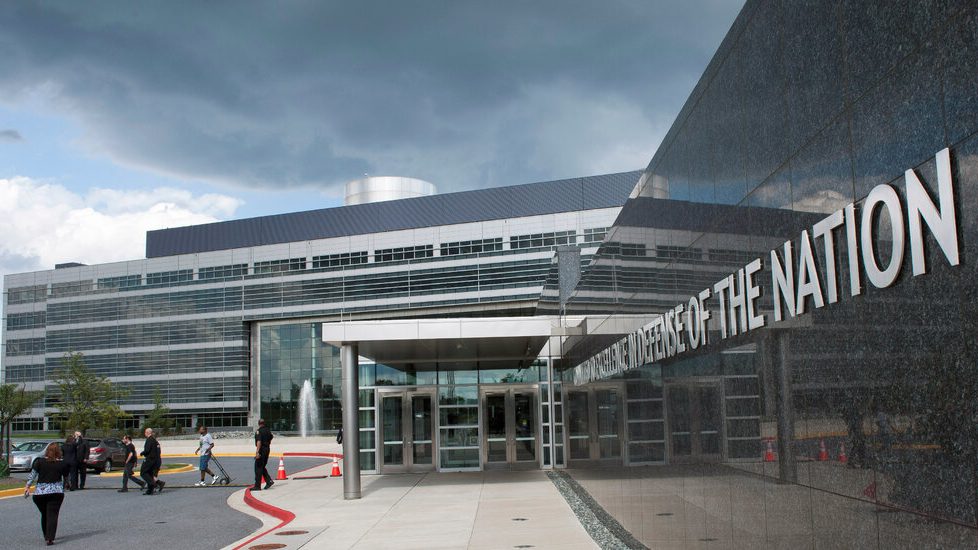A leaked document outlines four ‘wild card’ scenarios in the Russia-Ukraine conflict.

A secret intelligence document obtained by The New York Times that was among those leaked on the internet this year provides insight into planning for contingencies one year into the war in Ukraine.
The analysis by the Defense Intelligence Agency outlines four “wild card” scenarios and how they could affect the course of the conflict in Ukraine. The hypothetical scenarios include the deaths of Presidents Vladimir V. Putin of Russia and Volodymyr Zelensky of Ukraine, the removal of leadership within the Russian Armed Forces and a Ukrainian strike on the Kremlin.
The document says that the war will likely remain protracted. But it describes how each “wild card” scenario could potentially result in an escalation in Ukraine, a negotiated end to the conflict or have no substantive impact on the war’s trajectory.
The scenario document is a fairly typical product created by intelligence agencies. It is designed to help military officers, policymakers or lawmakers think about possible outcomes of big events as they assess their options.
The document is marked as “RELIDO,” indicating that the decision to release the information — to foreign partners, for example — rests with certain senior officials. It is dated Feb. 24 and labeled with the marking “ONE YEAR,” suggesting the analysis was being carried out a year from the start of the invasion.
One of the four hypothetical scenarios games out what might happen if Ukraine strikes the Kremlin. A wide range of potential implications is identified. The event could lead to an escalation, with Mr. Putin responding to public outcry by launching a full-scale military mobilization and considering the use of tactical nuclear weapons. Or, public fears could cause him to negotiate a settlement to the war.
The Biden administration has been particularly worried about a possible strike on Moscow by Ukraine because one might prompt a dramatic escalation by Russia. The dangers of such an attack by Ukraine are one reason the United States has been reluctant to provide longer-range missiles to Kyiv.
Some analyses by intelligence agencies provide assessments of the most likely result of a certain event, but the wild card document does not. It describes various possible scenarios without assessing what might be most likely.
U.S. officials declined to say if the document was genuine, but they did not dispute its authenticity. The document is similar to others produced by the Pentagon’s joint staff that officials have acknowledged are real.
U.S. officials also warned that the leaked documents are dated, and in many cases do not represent the current assessments of various intelligence agencies.
A second top secret document obtained by The Times includes details on negotiations over Russian fuel prices in Africa.
According to the document, dated Feb. 17, Malian authorities were at the time unsatisfied with fuel prices and were continuing to negotiate with the Russian Ministry of Energy and representatives of Africa Politology, an entity linked to the Wagner Private Military Company.
This apparent pushback on prices comes at a time when the African market for fuel has become increasingly important to Russia as a Western-imposed price cap and as the European Union’s ban on imports of Russian refined oil products continue to shrink available revenue streams.
The post A leaked document outlines four ‘wild card’ scenarios in the Russia-Ukraine conflict. appeared first on New York Times.
